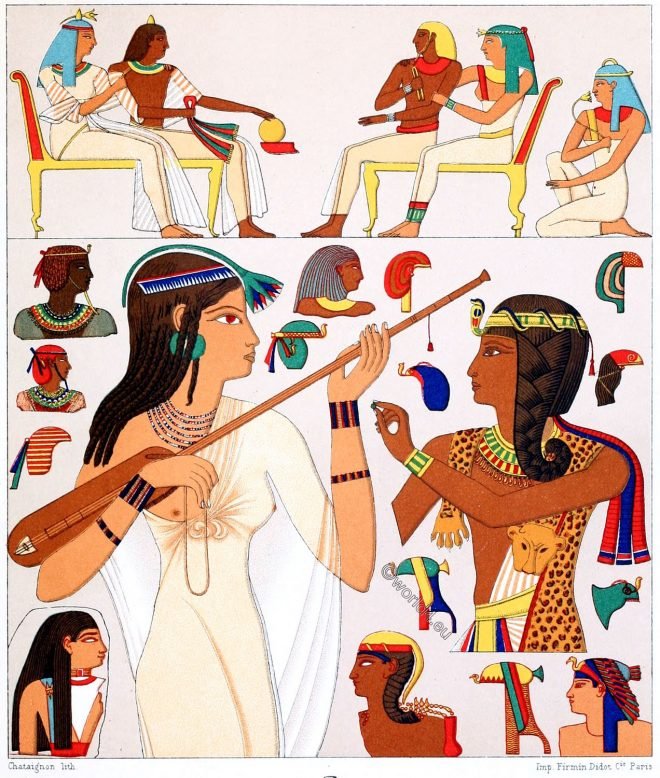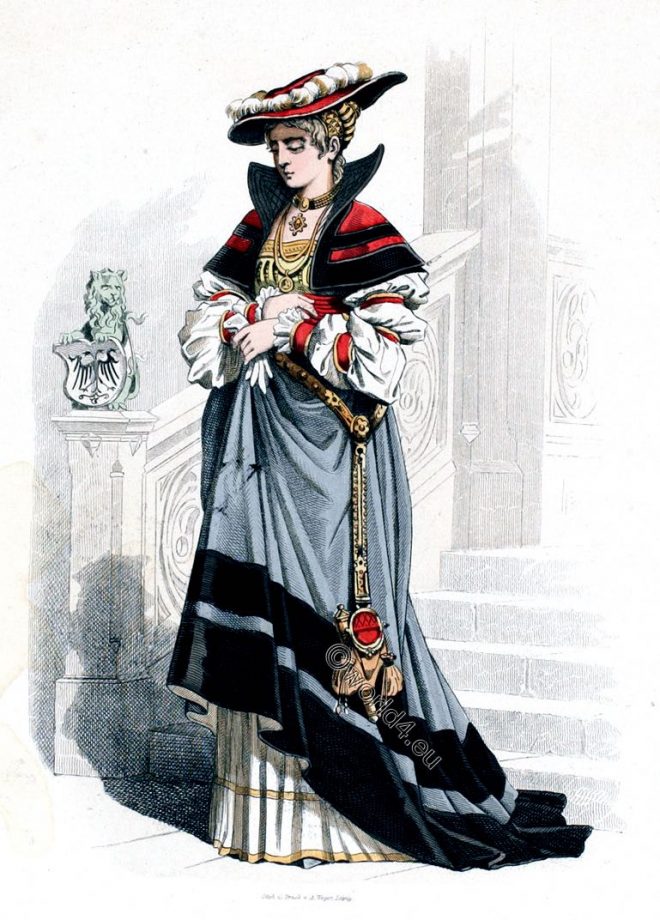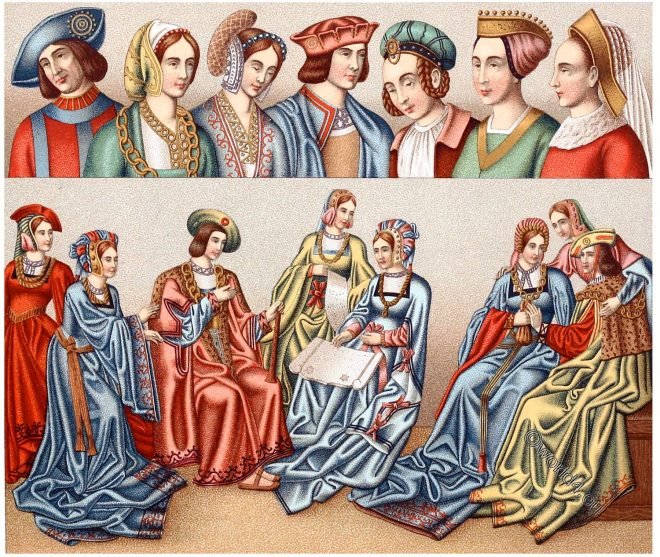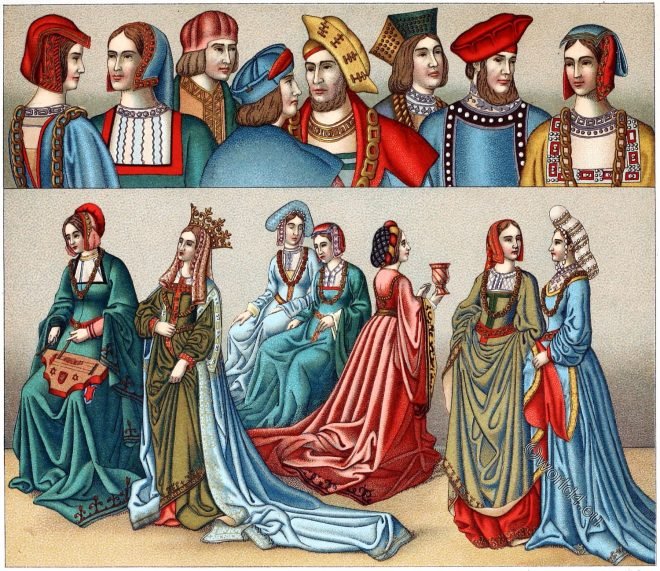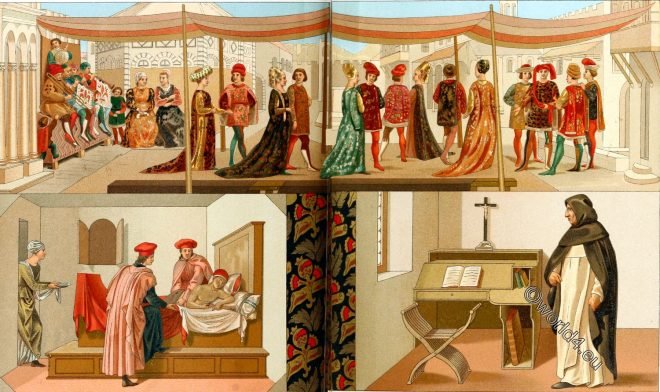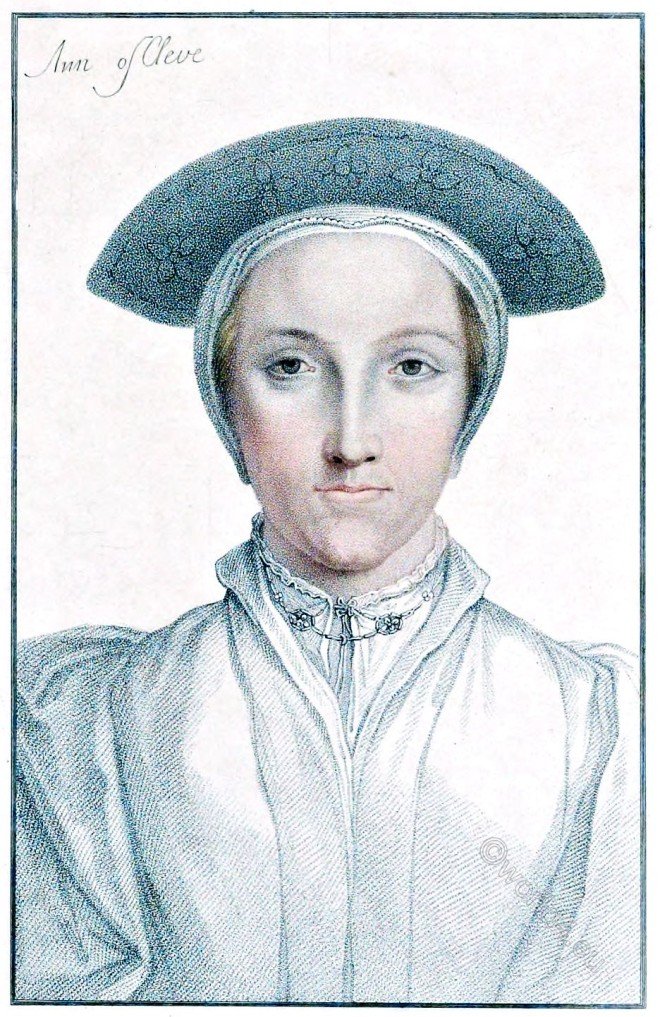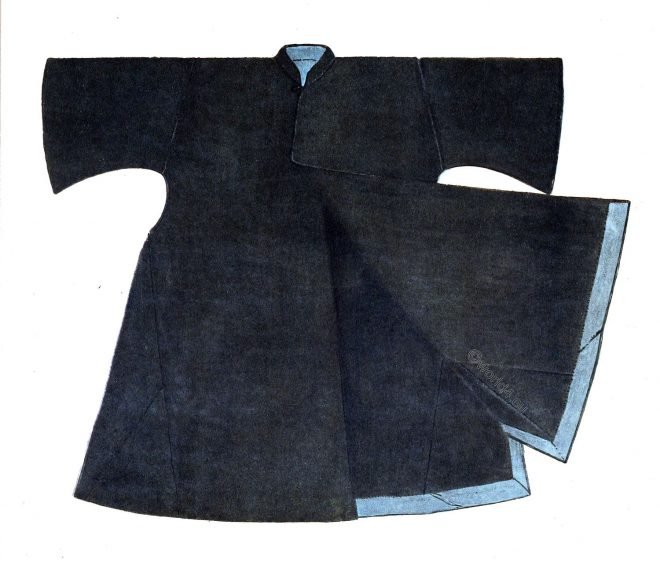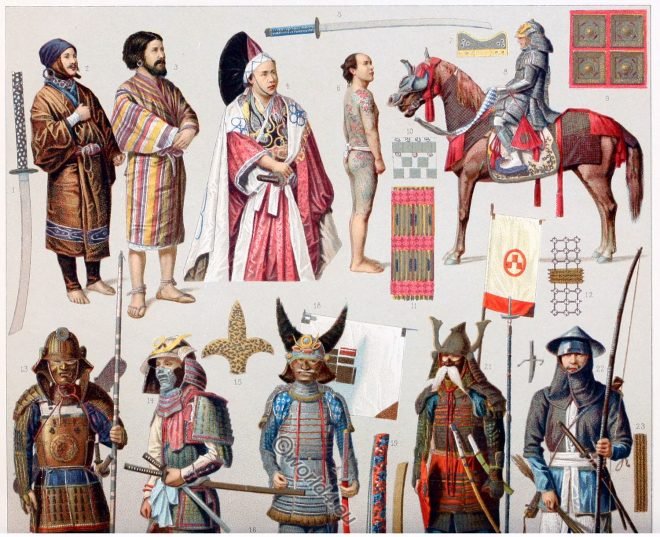The headgear of the ancient Egyptians. The colour of the dresses. Wigs, Hairstyles, Make-up. The care of the hair. Transparent garments.
Hebrew. Jewish clothing of antiquity. Levites. Jewish high priest.
The clothes of the high priests. Similarity of the Hebrew with the Egyptian priestly garb. The Ephod. The Mehil. Jewish high priest. Levites.
German Renaissance fashion of a noblewoman with a red beret.
German Renaissance fashion of a noblewoman from the beginning of the 16th century, with a red beret, long dress with train over a white underdress of camelot and a partlet of red silk with black velvet.
Costumes Of State, 1485-1510. French Clothing & Dress. Headdresses.
Europe. XV. XVI. century. Festive costume. Ladies’ and men’s overcoats. Men’s and women’s hairstyle. End of 15th, beginning of the 16th century.
Civil dress of the late 15th century. France middle ages.
Civil dress in Europe at the end of the late 15th century. Female and male hairstyles and headgear.
Wedding of the Boccaccio degli Adimari. Italian Renaissance.
Fashion of the Italian Renaissance. Marriage of Boccaccio Adirmari with Lisa Ricasoli in 1420. Groom with the chaperon. Interior of the cell of the Dominican Savonarol
A quadriga. Greek-Roman Gods. The ancient greek-roman culture.
A quadriga. The shape of the car. Sitting muse after a relief. Five gods, Juno, Jupiter, Venus, Mars, Diana.
Anne of Cleves, fourth wife of the English King Henry VIII.
Anne of Cleves (1515 – 1557) was the fourth wife of the English King Henry VIII.
Egyptian overcoat. The Binish. Upper garment of scholars and priests.
The binish, like the kaftan, is spread all over the Near East. Those countries where it is chiefly worn are Egypt, W. Arabia, Syria, Asia Minor, and Turkey.
Japan. The natives and the conquerors. Ainu and Japanese. Weapons.
Japan. The natives and the conquerors. Ainu and Japanese. Combat and fencing armor. – Various Weapons. Soldiers, Craftsmen, Coolis.

